What if the stems and leaves of tomato seedlings turn purple?
Self-grown tomatoes are much healthier than those bought on the market. If you want to grow a healthy tomato crop, you need to choose your favorite variety, plant seeds and provide the young plants with the necessary conditions. The quality of ripe tomato fruits depends on the quality of the seedlings. If you notice that the seedlings have wilted, the leaves curl or change color, it's time to sound the alarm.
One of the main problems at the stage of growing seedlings is the appearance of a purple hue on the leaves. Sometimes the color changes not only the greens, but also the stem. It is important to understand why this happened. If you do not find out the reason, it is impossible to deal with the problem. Inexperienced gardeners begin to "fill" young plants with fertilizers and dressings. This can lead to a number of other diseases or even seedling death.
The reasons
In rare cases, the purple color of the leaf plate is normal and does not require special intervention. We are talking about individual varieties. For example, the Kind variety (has a slightly flattened shape, sweet and fleshy) is distinguished by a purple tint of leaves and ripe fruit. See the back of the label for the type of seed planted. If you are sure that an atypical color is not justified by the characteristics of the variety, the reason lies a little deeper.
For the growth and health of seedlings, it is necessary to maintain a certain temperature in the room. The air temperature must not fall below 18 ° C. Young tomatoes are grown in spring. During this period, the heating season ends. Turning off the heating on cold days causes a sharp drop in the temperature in the house. Tomato seedlings should not be placed on cold windowsills or on the floor. Hypothermia of the air and soil in pots leads to the appearance of a blue or purple shade of the leaves.
Why does temperature negatively affect the plant? It's all about the amount of phosphorus that enters the developing seedlings. At low temperatures, the root system cannot absorb minerals. As a result, the leaves turn blue or take on a purple-brown hue. Sometimes hypothermia occurs during the "hardening" period before planting tomatoes in open ground. To do this, the pots are taken out into fresh air at night. If the temperature outside at night is less than 15 ° C, you should not risk it.
If the temperature in the room is correct, but the leaves and stems have acquired an unnatural color, the reason lies in a lack of nutrients. The tomato indicates a deficiency of a particular substance in different ways. A change in color from green to purple indicates a lack of phosphorus in the soil.
What to do?
Having found out that the reason why the foliage turns blue is due to the lack of phosphorus, people try to apply as much fertilizer as possible to the seedling pots. If you overdo it with the dosage or amount, you can ruin young tomato seedlings. There is no point in feeding tomatoes if the reason is low temperatures. The first step on the way to greening the leaves is temperature regulation.
Most often, seedlings grow on a windowsill. It is advisable to choose the eastern side (the lightest window). There should be a thermometer near the pots of tomatoes to constantly monitor the temperature. It is important that air does not blow from the street from the cracks in the window frame and slopes. There are frosts outside in March. It is better to insulate wooden windows by plugging all the cracks with a special insulation. Plastic windows are safer for tomato seedlings.
Advice
If the pots are on a concrete windowsill, spread an unnecessary woolen blanket.
If the seedlings grow in a warm room, there were no sudden temperature jumps, but the foliage turned purple, then there is too little phosphorus in the soil. An unnatural leaf color is the first signal of a problem. The tomato will slow down in growth and develop poorly. For the plant to grow and develop, you need to do top dressing.
Phosphate fertilizing
Many experts claim that before transplanting seedlings into open ground you can not carry out top dressing. Why don't they recommend doing this? If the foliage has acquired an atypical color, but the development of the entrances does not slow down, there is no reason to worry. The first feeding is best done in the hole when transplanted into a greenhouse or in open ground. Better yet, wait 10 days, and only then fertilize the soil.
However, if tomato seeds were not planted in a special mixture with a sufficient amount of nutrients, additional feeding should be done. To prepare the solution, use "Superphosphate". 3 g of powder is dissolved in 1 l of settled water. Tomatoes are very afraid of chlorine, which is why watering from the tap is strictly prohibited. Collected rainwater can be used. Instead of "Superphsofat", the drug "Nitrofoska" or "Ammofoska universal" is often used.
Experienced gardeners know that Superphosphate is practically insoluble in water. To get as much phosphorus as possible into the soil and be absorbed by the root system of tomatoes, prepare an extract. To do this, heat 5 liters of water and add ½ tbsp. l. fertilizers. Stir the solution thoroughly and drain ¼ of the liquid. The top layer contains the maximum amount of nutrients. The drained liquid is used to water the tomatoes.
Choose a nitrogen-free fertilizer. It provokes wild leaf growth and delays the first fruiting of tomatoes. The addition of complex fertilizers (Signor Tomato or Agricola-Vegeta) will not interfere with tomato seedlings. To prepare a solution in 1 liter of water, stir half a teaspoon of the powder.
It is important to apply the necessary fertilizers to the soil after planting the tomatoes. By the color, shape and condition of the foliage, you can determine what substance the plant lacks. After that, it remains to do timely feeding and get rid of pests. The care will give you a rich harvest of juicy sweet tomatoes.
If the vegetable crop grows very slowly, the ovary appeared late and in small quantities, you need to find out why this is happening. It may be time to change the place for planting tomatoes. Organic fertilizers should be applied twice a year in the form of green slurry, chicken droppings or humus. In poor soil, any crop develops poorly and yields a meager harvest.
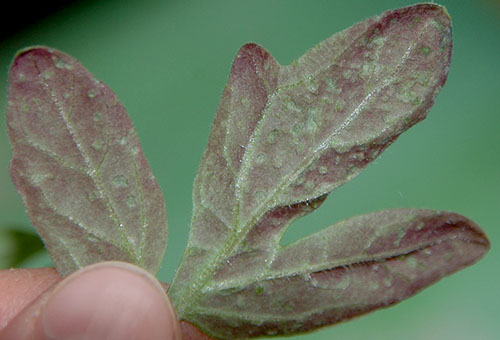
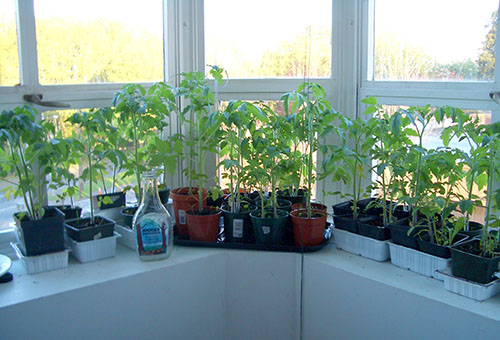
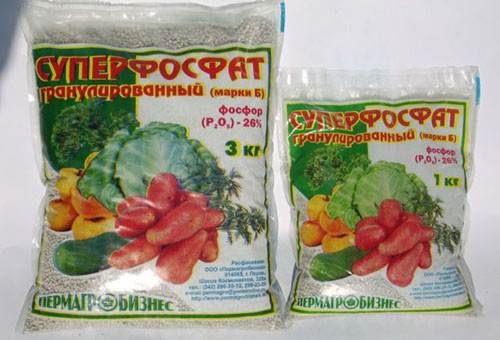
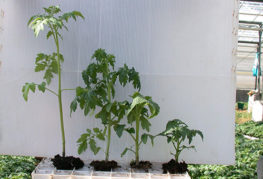
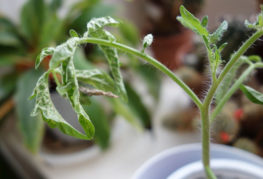
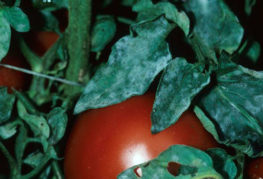
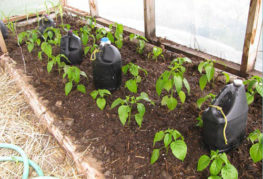
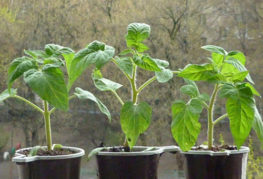
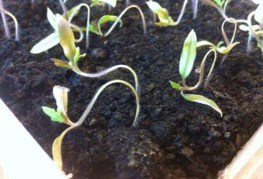
I Just Have The Purple Color Of ALL Tomatoes Of All Grades ???